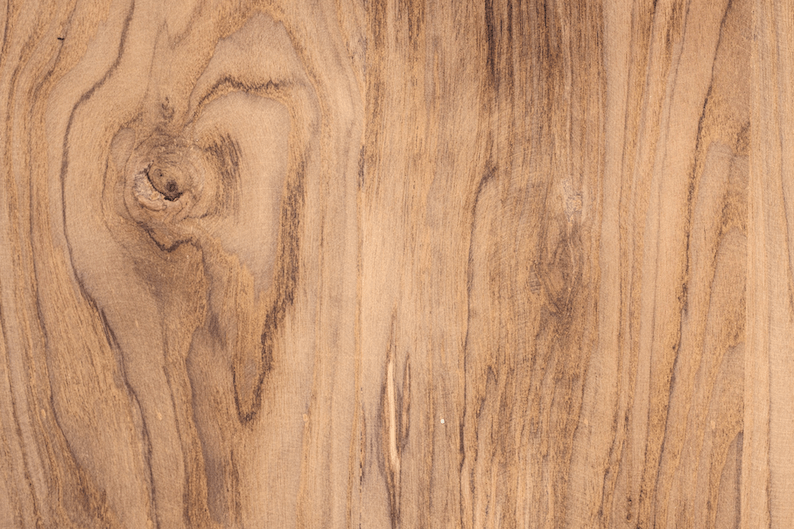Plywood, chipboard and other wood-based substrates are common materials in domestic and commercial settings. These substrates can pose various challenges to the flooring installer, especially when a fully bonded finished floor covering is required. To add to these challenges, the timber substrates are often not installed by the flooring contractor, leading to the quality of the installation – and sometimes the materials used – being unsuitable for the requirements of the floor coverings and necessary preparation materials.
You should consider several important factors to ensure a successful, long-lasting installation when determining the suitability of a timber base for a fully-bonded floor covering, particularly if considering the use of a smoothing compound.
Get your conditions right
Just like timber floor coverings, timber base substrates must be acclimatised to the environment in which they are being installed. Timber’s dimensions will change in response to temperature fluctuations, so you need to achieve a stable environment prior to installation. Another environmental factor that would cause the dimensions of the timber to change is the presence of moisture.
“Timber base substrates must be acclimatised to the environment in which they are being installed.”
Moisture can also cause the timber’s dimensions to alter. Should you have any concerns about the presence of moisture, or the potential for future moisture ingress (for example, if the installation is on the ground floor of an older building), an appropriate moisture control system will need to be used prior to the timber installation.
The installation
Ensure that the thickness of the timber is suitable for the base on which it is being applied, as well as the height of the finished floor. Typically suitable quality ply sheets that are 5-6mm thick will be used for over-plying existing substrates; however, this thickness is not always suitable if the subfloor has excessive movement or unevenness – thicker sheets (12-15mm) may be needed to compensate for this.
Another important factor is using the correct type and number of fixings to fix the timber, which can be determined by checking with the manufacturer’s installation guidelines. Ring shank nails or countersunk screws should be used as other types of fixings are more likely to become loose overtime. These should be spaced at the correct centres for the type of board used.
“Smoothing compounds designed for use on timber substrates … accommodate the natural dimensional variation of correctly installed boards or sheets.”
Floating timber subfloors are typically unsuitable for fully bonded installations, especially if the use of a smoothing compound is required. Smoothing compounds designed for use on timber substrates are designed to accommodate the natural dimensional variation of correctly installed boards or sheets, not to add structure to a substrate that is not sound. In this situation, the floating system should be fixed mechanically, and over-plied if necessary.
When using a smoothing compound over a timber substrate, a suitable primer will be required prior to the smoothing compound application to assist in bonding and minimise the absorbency of water into the timber substrate. This is typically an undiluted acrylic primer or a primer that is polyurethane- or epoxy-based. As the absorbency of timber substrates varies widely and the dimensions of the timber can change with the additional moisture, heavily diluted primers should usually be avoided.
Ideal products
When selecting an appropriate smoothing compound, it is important to ensure it is compatible with the particular type of board or sheet you are going to be applying on. Typically, a fibre-reinforced smoothing compound will be selected for use with timber, like SL C780 FLEX. The fibres in these smoothing compounds are designed to minimise the potential for cracking, which can occur at the perimeter of the boards as they experience slight differential movement. These fibres are used in conjunction with other additives, such as polymers, and create the strength necessary to bond to the timber.
You should always refer to the manufacturer’s Technical Data Sheet (TDS) to ensure ideal performance and compatibility. Timber substrates vary significantly in terms of absorbency, robustness, and stability. If the type of board is not listed on the smoothing compound’s TDS, it may be beneficial to contact the manufacturer directly for confirmation, or seek an alternative product or system.
“Some types of timber … may not be suitable for smoothing compound applications at all.”
Some types of timber, such as certain grades of chipboard, may not be suitable for smoothing compound applications at all, while others have protective films or coatings present on the surface. These are designed to prevent damage and water ingress during construction, but they are – by design – difficult to successfully bond to and should be removed from the substrate.
Although the challenges of wooden floors can daunt some flooring installers, the ideal installation can be achieved by using the right materials and the right methods. There are some great products and systems available that, when coupled with a robust installation, will help you to create long-lasting, quality floors.


